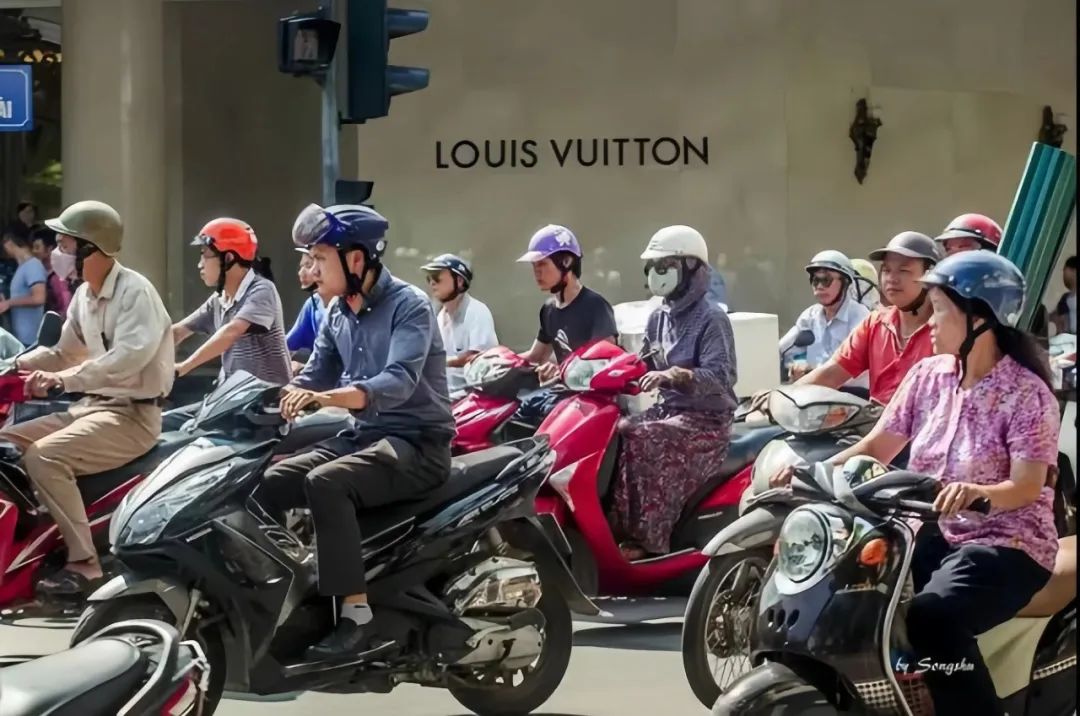Motorcycles are the most common mode of transportation in Malaysia.
With a large population base and strong rigid demand, selling motorcycles in the country has become an attractive business. Moreover, the market continues to show rapid growth, adding to its appeal. According to Statista, the Malaysian motorcycle market is projected to generate a revenue of USD 2.85 billion in 2025, and this figure is expected to rise to USD 3.75 billion by 2027, reflecting a compound annual growth rate (CAGR) of 7.10%. In today's market landscape, it remains a lucrative opportunity that cannot be overlooked.

A new wave of the transition from fuel to electric vehicles is unfolding across Southeast Asia. As the region's third-largest economy, Malaysia has emerged as a strategic focus for Chinese electric motorcycle manufacturers, driven by policy incentives, market potential, and geographic advantages.
However, the growth of Malaysia's electric motorcycle market has been relatively slow. One key reason is that local consumers have high performance expectations for motorcycles, placing strong emphasis on speed, stability, and long range, areas where many current electric models still fall short. In addition, Malaysia's low gasoline prices reduce the cost advantage typically associated with electrification. Although Chinese models dominate the local electric motorcycle market, Japanese brands, especially Yamaha, are watching closely and have set clear electrification goals, leveraging their strong brand legacy.
On the policy side, the Malaysian government has introduced an electric motorcycle incentive program, offering subsidies of up to RM 2,400 (approximately RMB 3,634) for electric motorcycle purchases. However, eligibility is limited to individuals with an annual income below RM 120,000 (approximately RMB 182,000) or a monthly income under RM 10,000 (approximately RMB 15,000).


